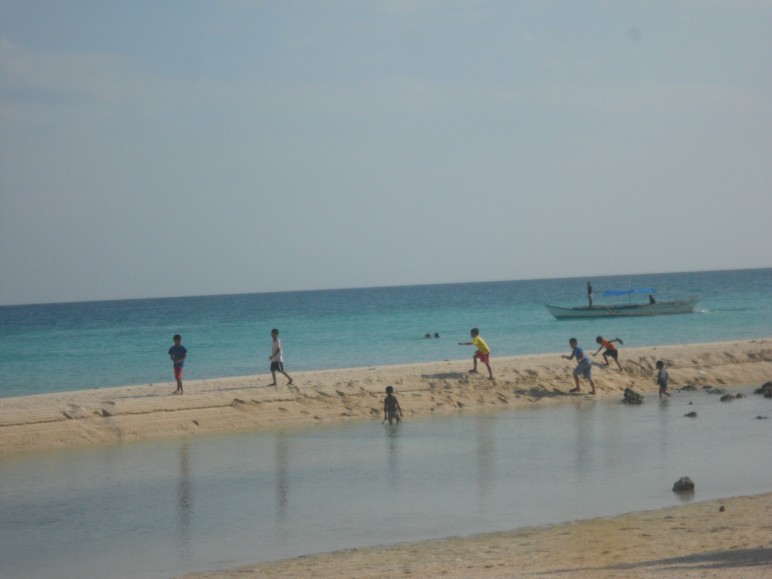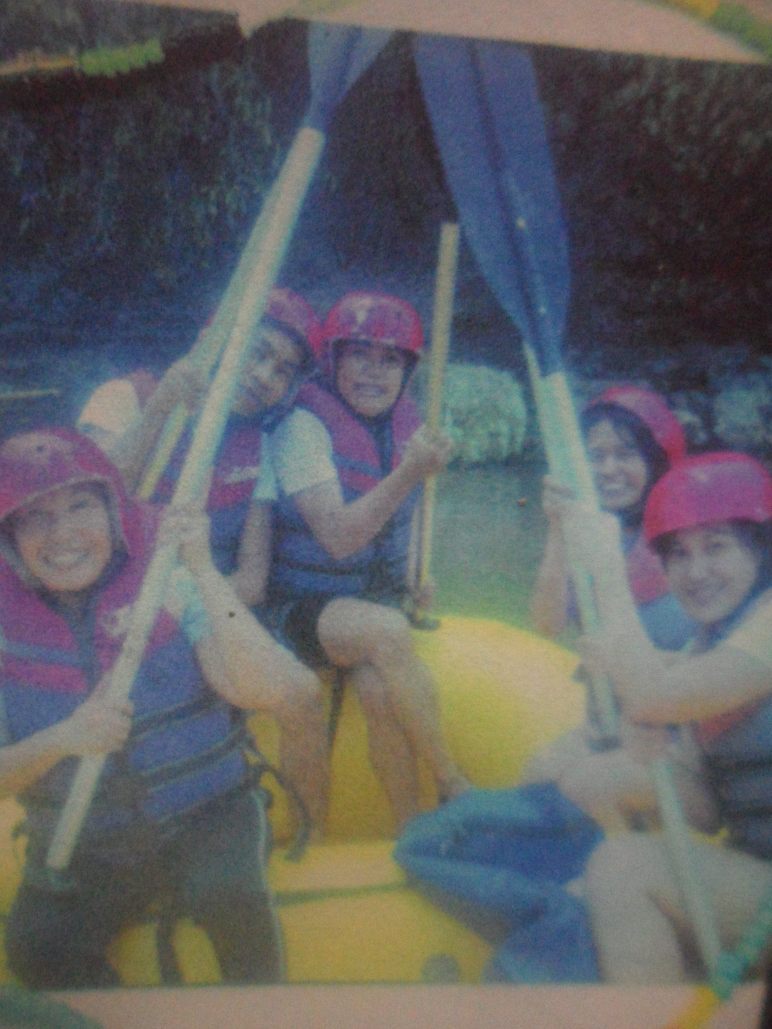by Maria Eleanor E. Valeros, #newmedia specialist
SURIGAO DEL NORTE, NORTH MINDANAO, PHILIPPINES — While munching on my share of “tinanok nga kamote” (boiled sweet potato), I stared out at the dimness of the early evening.
In the enveloping blanket of night I sought some kind of comfort. My stay in Gigaquit town (pronounced hee-ga-kit from the term “gakit”), nineteen years ago, was the most beautiful chapter of my life as a child. (*Gakit means raft)
Our ancestral house was surrounded by a vast green field, very much like a carpet covering the chocolate brown earth with verdant rice stalks sprouting from a mud-logged bosom.
A milky, buttery, soft scent, that only nature’s perfumery can mix perfectly, emanates from the ripe amber rice grains (palay) hanging from their drooping stalks. As soon as I smelled that familiar scent again, I knew that harvest time is just around the corner.
“Have some supas (poor man’s cookies),” my stepgrandma’s voice snatched me away from reverie. Cold orange juice was served after each one of us had our share of the cookies.
I turned away from the sight of that pitch darkness and listened to elder men and women play the juego de anillo which I learned back in the graders. It is a game of wits played during a bilar (wake) which resembled the poetic exchanges of a Balagtasan.
Some men were chatting about the sudden death of my tatay (to mean my grandfather), some were playing the bakarat (a card game), while others were preoccupied with the passing around of the glass filled with pinonsihan (a mix of lambanog or wine from nipa sap, and Pepsi) which most folks here preferably call tinam-isan.
“Bayong na man kaw, ‘po! (You’re already drunk, grandpa!)” a hoarse voice of a little boy addressing his popo (grandfather) chimed.
“Mukadto na kita kuman, ‘po! (Let’s now go [home]!)” the boy urged.
The youngster brought back memories of my popo giving me a tongue lashing every time I talk back to him, the mischiefs of a child.
“Maldita ‘kaw na bata ‘kaw. Dapadjon ‘kaw nan ina mo (You wicked girl. Sure your mother will give you a spanking),” he once spat.
Which I had answered back calmly: “Sige, sumbong sad tika nanay (the way we call grandma) ba. Gikawat nimo itlog sa pugaran (Okay, I’ll tell nanay then you stole eggs off the nest).”
But it’s all over now. What remains is an overwhelming silence of the heart. Everything seems to stand still. As still as a photograph; details frozen forever within the frame’s borders.
I was back in Gigaquit only to be shrouded by some blanket of melancholy.
Mother is completely an orphan now. She has not had the privilege to bond well with her father who refused to send her to secondary school – despite her very good grades. In fact, mother graduated on top of her elementary class. High schools then were studied in the urban areas, the big city only. So her father made the distance a ginormous excuse. Mother resented that decision badly that she sought work in Manila without getting parental permission. Of course mother felt so much remorse, she would retell, having given her mother great pain. But she too has a strong statement to point out!
Time, of course, can heal most familial differences, but mother – the spiteful that she is, albeit compassionate and considerate in her own little way – contained in her heart an ill feeling against her father. Until a viral infection claimed my grandfather’s life.
“This used to be my playground//This used to be my childhood dream//This used to be the place I ran to…why did it have to go…?” a Madonna song popped up in my mind. Yeah, this used to be family ground. Roots ground. And then there’s a phenomenon called ‘death.’
Mother and grandfather have not really talked in ages.#





